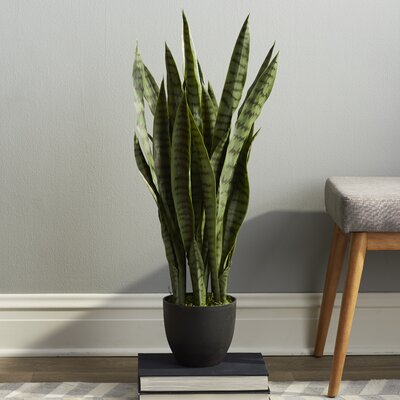This blog post is a contributed editorial featured in the Triangle Home Design and Decor Magazine December/January edition.
A frequently circulated statistic in the healthy home industry states that the average American spends 90% of their life indoors. A study conducted by the EPA in the early 90’s revealed that respondents spent 87% of their time inside buildings, most of which was spent inside their homes. This is troubling, not just because it highlights our lack of outdoor recreation, but because indoor air can contain 5-10 times higher concentration of pollutants than outdoor air, even in industrialized cities. To exacerbate the problem, our homes are built increasingly air tight. Tight homes are great for cozy comfort and energy efficiency, but they also have the adverse effect of trapping pollutants and CO2 in the home.
So how do we mitigate this growing issue? There are two strategies to ensure healthy indoor air; eliminate pollution sources and promote ventilation.

Spray foam insulation creates an air tight seal for increased comfort and energy efficiency, but if not ventilated properly forms a bubble of unhealthy stale air
The most ominous polluters in the home are combustion appliances like natural gas water heaters, furnaces, ovens, and fireplaces because they exhaust carbon monoxide. Naturally drafted appliances exhibit an increased risk for exhaust spillage into the house. Gas appliances can be tested by a BPI or HERS inspector to ensure proper drafting, and carbon monoxide detectors should be utilized on all floors and outside of each bedroom. Other pollution sources are much less conspicuous and often brought into the home unknowingly.

We love gas appliances and fire features, so long as they are drafting properly all the way to the exterior.
You’re likely familiar with VOCs; malicious fumes that gas from carpets, paints, and adhesives, contributing to asthma, allergies, and according to laboratory testing, long-term health problems like cancer. Specifically, VOCs are carbon based molecules that easily evaporate at room temperature from liquid or solid state, can combine with other vapors to produce ozone, and can take years to fully evaporate from the source substance. Fortunately, awareness and research of these chemicals have come a long way recently, and there are many zero-VOC options when choosing paints, stains, primers, household cleaners, and glues. Opt for water based paints and stains when possible, and look for Greenguard Certified products, which have been 3rd party verified to have zero or low VOC content.
Funguses and mold can also affect our health, from moderate irritation to severe reactions and illness. To combat mold, be privy of moist or humid locations in the home with limited air flow, and consider installing a whole house dehumidifier to consistently reduce humidity throughout your home. At a minimum, upgrade to antimicrobial/anti-allergen air filters and remember to change them regularly.
After eliminating sources of pollution, we must abate stale air with ventilation. The simplest way to ventilate is to open a few windows, however, we probably don’t want to do that during the peak of summer or winter, or while we’re not home. Mechanical ventilation systems are the recommended choice for airtight, energy efficient homes because they control when, where, and how we bring fresh air into the home. A balanced system exhausts stale air while introducing fresh air, eliminating the possibility of a depressurized home. House depressurization, which is the result of exhaust-only ventilation, can lead to improper drafting of combustion appliances and infiltration of dirty air from crawlspaces, garages, and attics. The best option is an ERV, or Energy Recovering Ventilator, which ties to the HVAC system and uses the exiting conditioned air to pre-heat or pre-cool incoming air from the outside to be more similar to indoor air temperature. This lowers utility bills and increases comfort.

An energy recovering ventilator exchanges indoor for fresh outdoor air while allowing the temperature of the exiting indoor air to transfer to the incoming air.
In an effort to not sound like an alarmist, let’s talk about a simple way to work with nature to improve indoor air: house plants! Common house plants like the Money Tree (Pachira aquatica) and the Snake Plant (Sansevieria) produce oxygen, consume carbon dioxide, and even sequester some VOCs like formaldehyde. However, no number of house plants are going to fix severe air quality problems in a home, so do the research and consider indoor air quality when making home improvement or home purchasing decisions.

The snake plant is one of few house plants that produces oxygen at night, making it a healthy bedroom companion.






Leave a Reply
You must be logged in to post a comment.